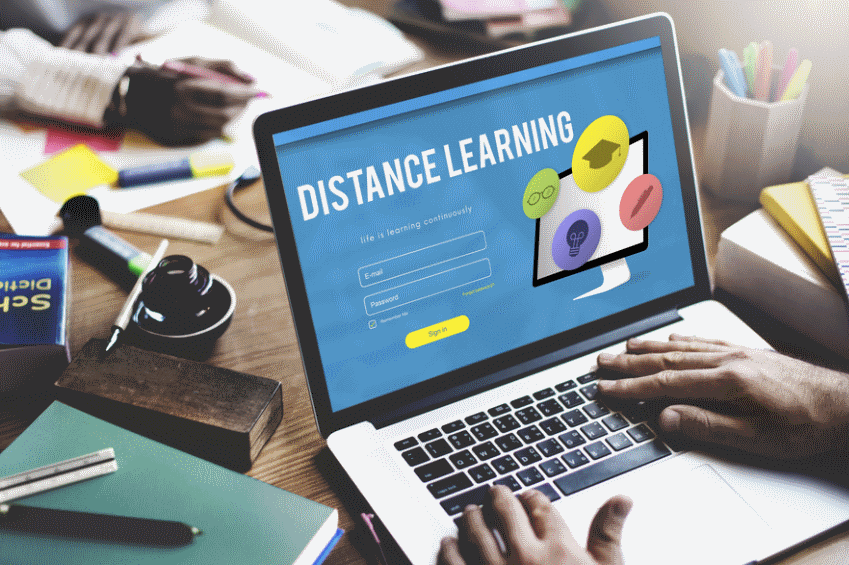Choosing the Right Tools for Distance Learning

As an online instructor, you have many choices to make for an engaging learning experience. In this article, we will look at the different types of communication that can be used in the online instructions and the specific distance learning tools that you can use.
Discover what works
If you are already teaching online or designing distance learning courses, you probably already have a tool or application of your choice. It is helpful to know what best meets the needs of your learners and past experience can be helpful in guiding your decisions. At the same time, staying informed about other distance learning tools will only add to the choices available to you.
Adding variety to your course with innovative applications and learning environments can encourage greater participation and interaction and can open new opportunities for effective learning.
Types of communication
In distance learning, communication is of crucial importance to keeping students involved. When thinking about distance learning tools, it makes sense to determine how you will communicate with your learners to ensure they have the best learning experience possible.
Many of us know reading as the main component of distance learning. This is a one-way instructional style with only one active participant (the writer).
Distance learning also allows for more interactive discussions. These can be divided into asynchronous (discussion involving a delay) and synchronous (taking place in real time). The advantage of these methods of communication is that they involve students, who can share their ideas and debate with each other. This creates a more learner-centered experience (also called constructivist).
One-way communication
Communication in traditional distance education was mainly one-way. The information was passed on by the instructor to the learners. Today, this method of learning still occupies an important place in education. Course texts, whether printed books or electronic documents, are one-way. The same goes for educational videos and podcasts.
The advantage of this type of material is that it opens to learners new perspectives that they would not have found otherwise in the teacher-student circle. As an online student, I remember watching a video given by one of the key researchers in my field. This had been recorded a few years ago in Australia. Even with the resources to fly to Australia and the power to arrange a meeting with this professor, it would still not have been possible for me to be there without discovering the secret of time travel!